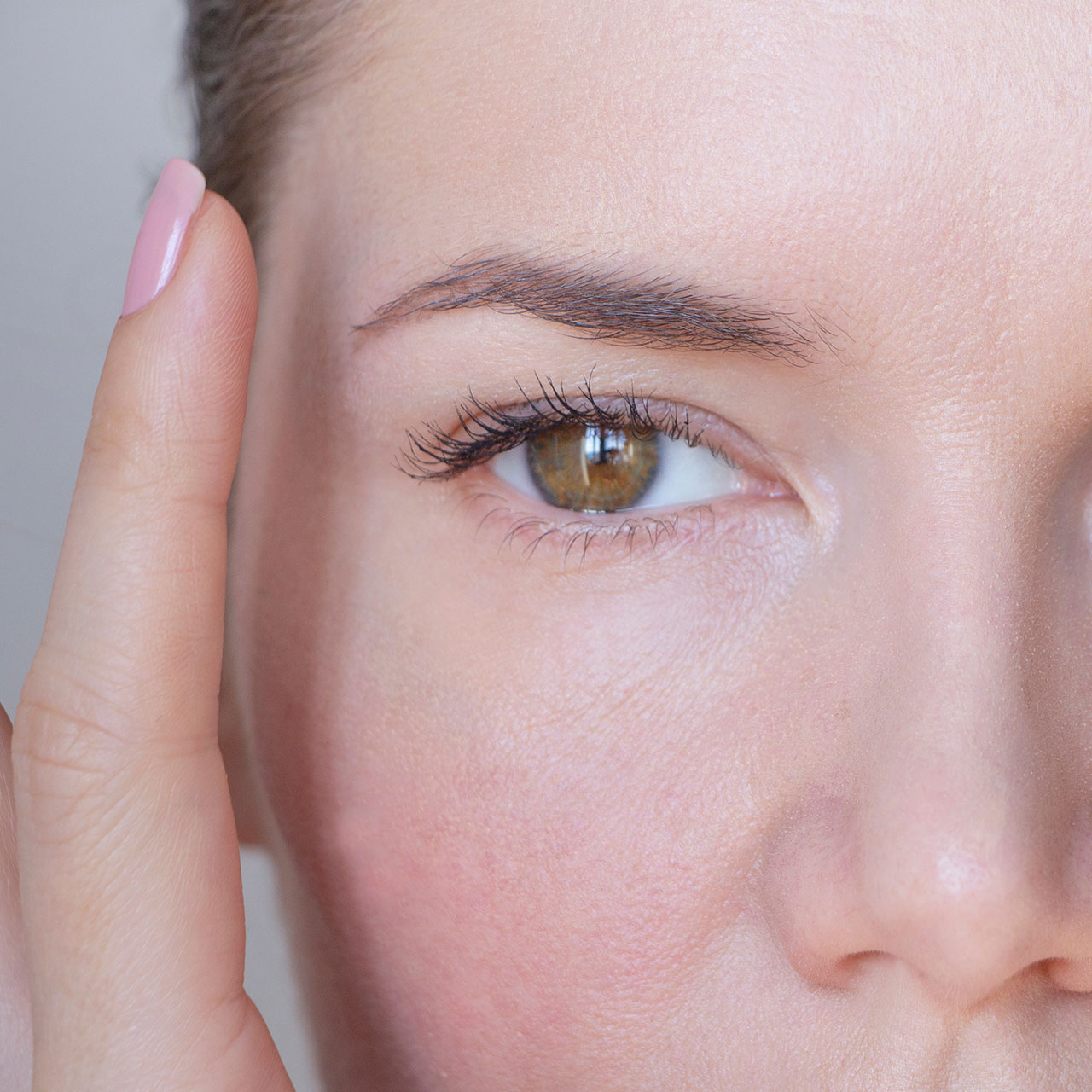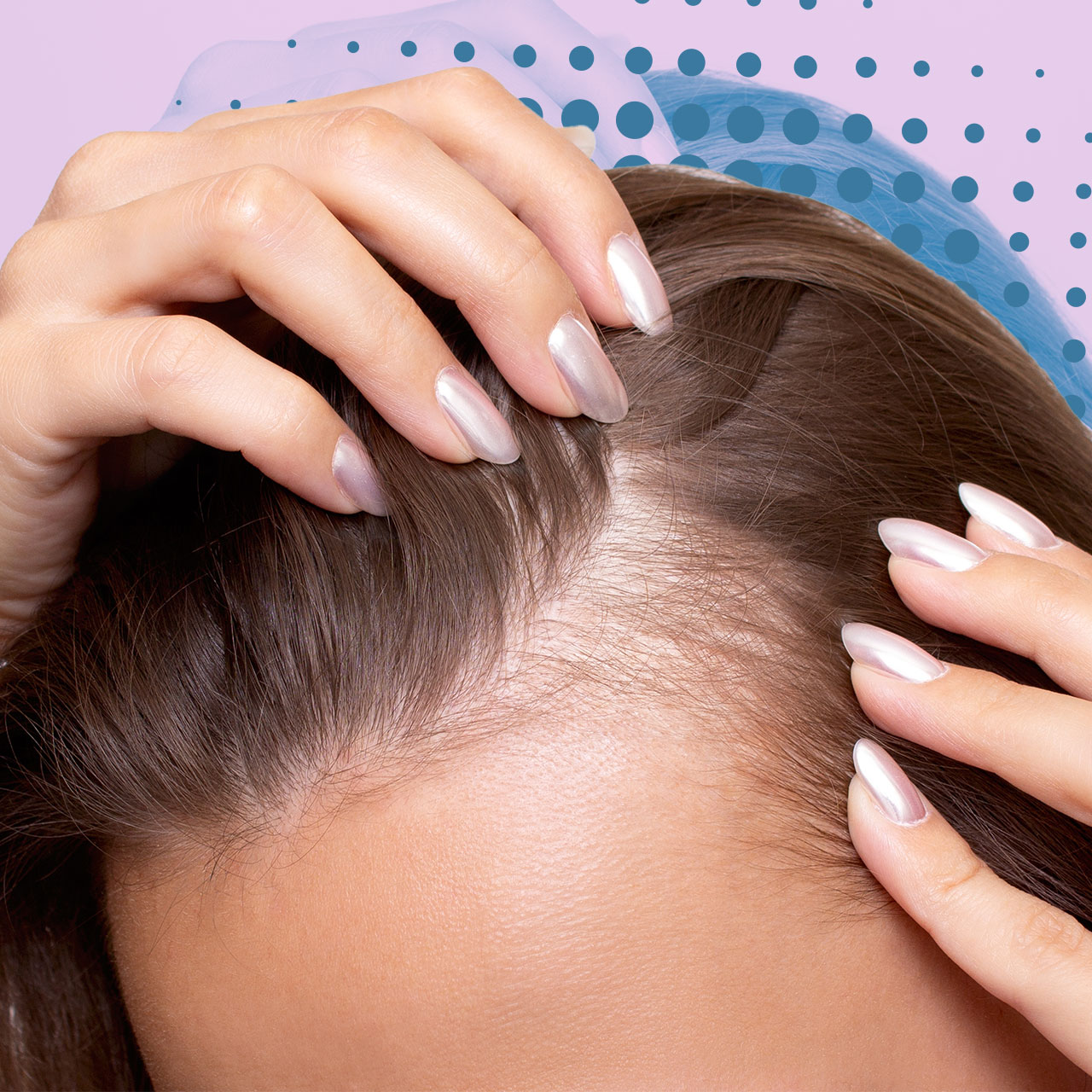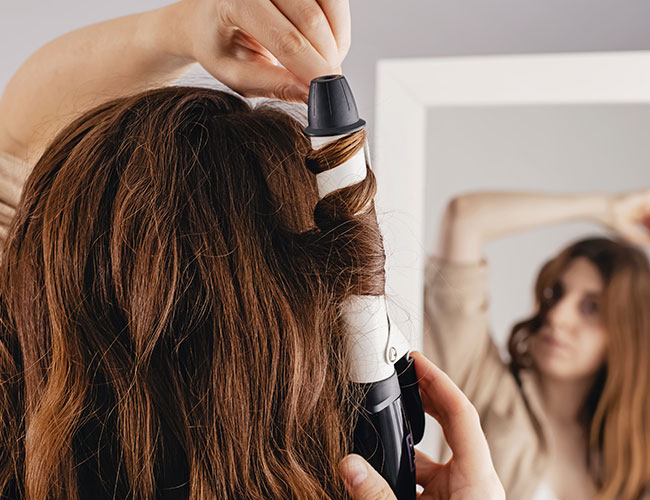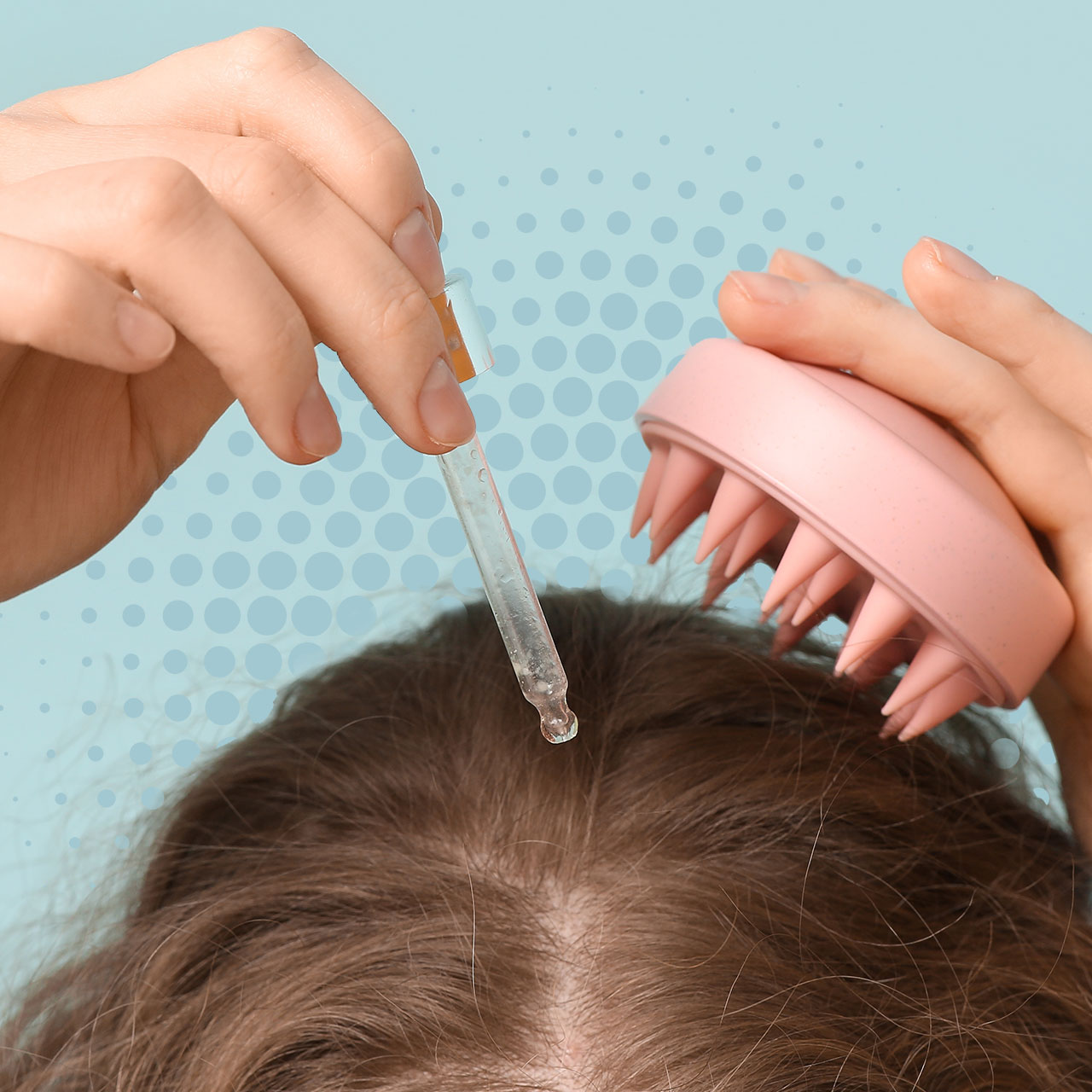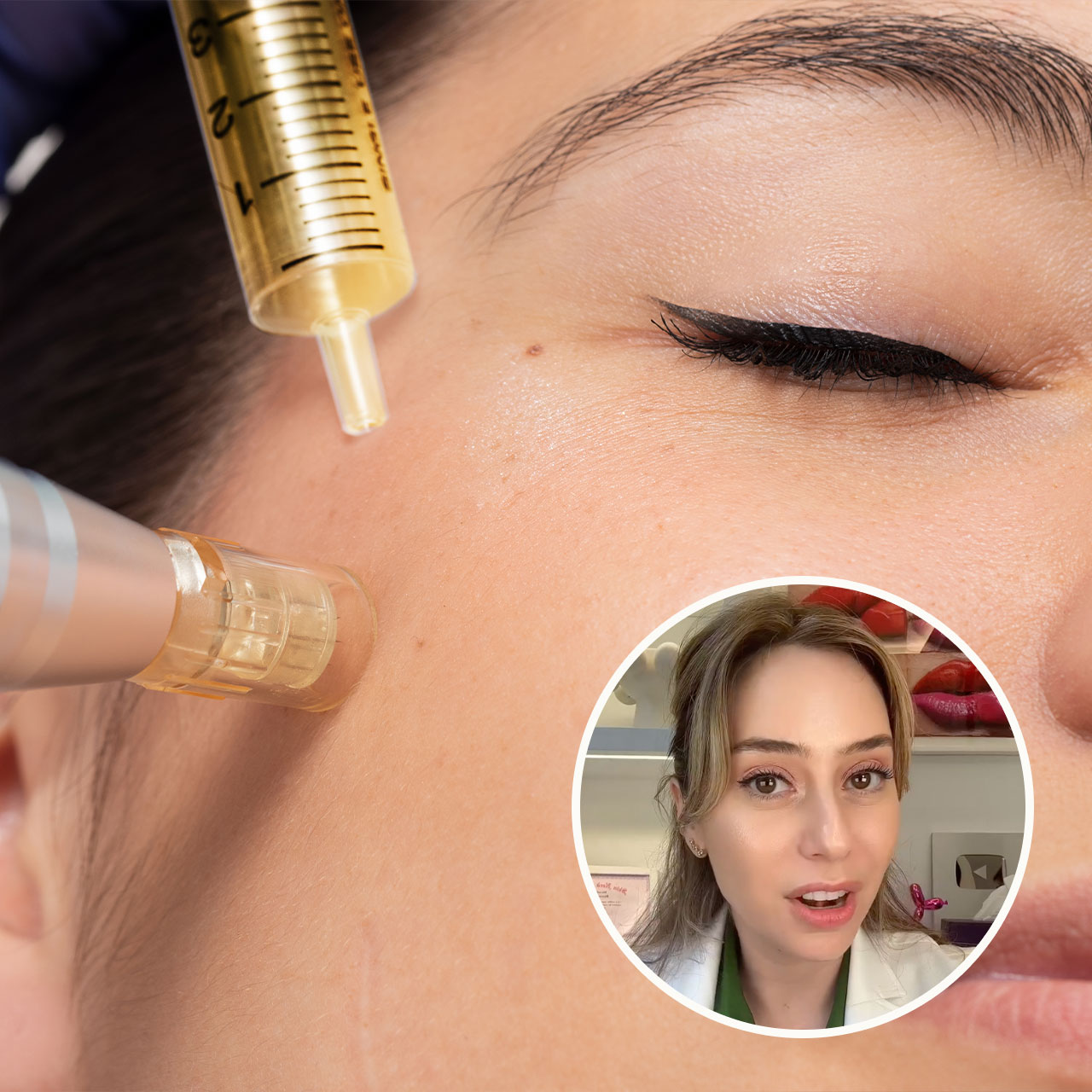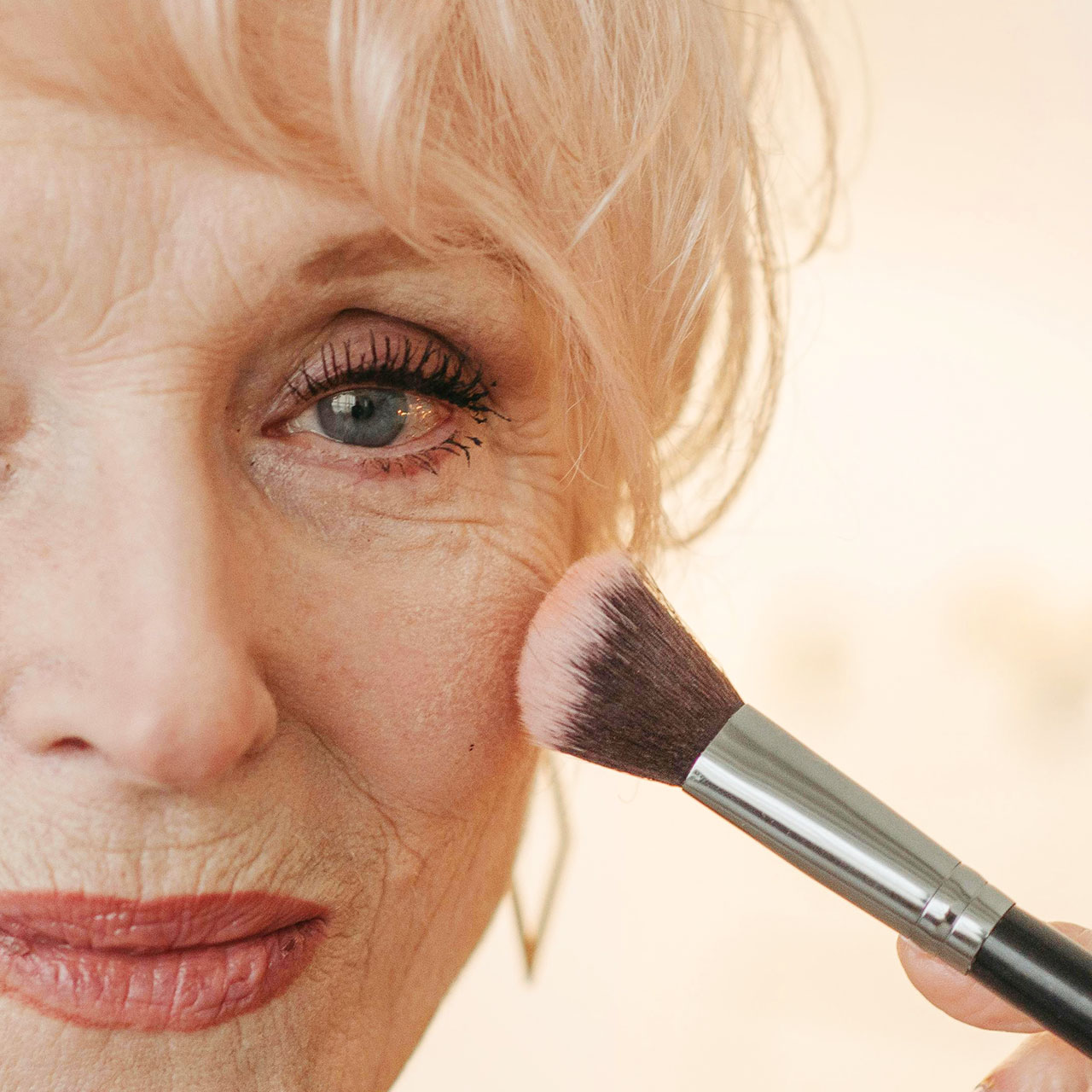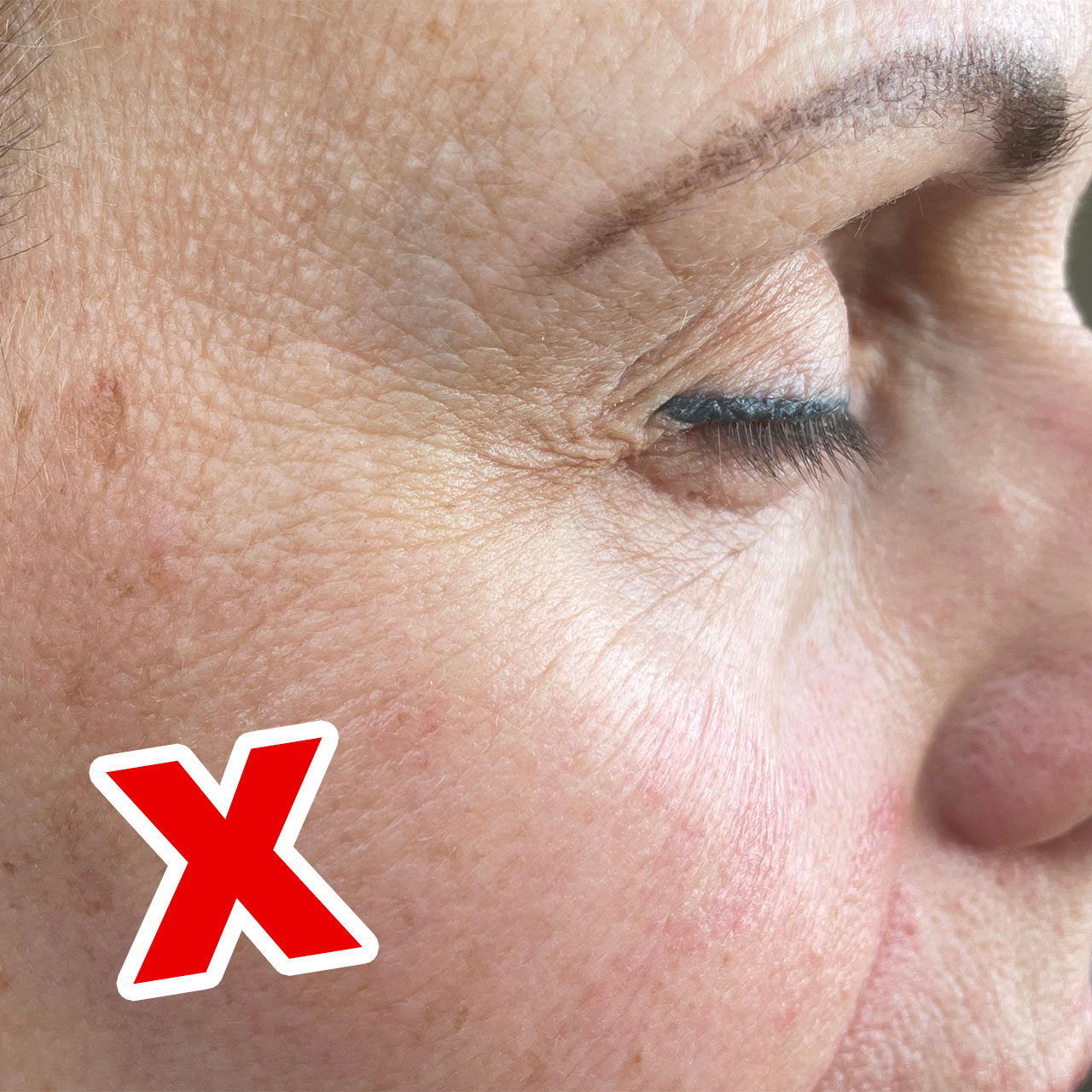While embracing your hair in all of its natural glory is always encouraged, it’s definitely easier said than done—sometimes your God-given texture just isn’t going to cut it, and you’ll want to go in with a flat iron or curling iron to create the perfect style for the day. However, while heat styling tools can do wonders for your day-to-day appearance, it’s important to practice healthy haircare habits in order to keep your locks protected and avoid serious damage. There are a few mistakes beauty experts warn you should never make if you want to keep your hair fuller and healthier than ever.
To learn more about the heat styling downfalls you should avoid at all costs, we spoke to stylists Sharie Wilson and Tonya Thompson, cofounders of DreamGirls Hair, and licensed barber and cosmetologist Madison Dufour. These experts pointed out two mistakes you should steer clear of: forgetting to use heat protectant and styling dirty hair.


Not Using Heat Protectant
As you likely already know, frequently using flat irons, curling irons, and other heat styling tools is never great for the health of your hair. However, Dufour says that it can be especially detrimental if you're skipping heat protectant products and applying heat directly to your tresses.
She explains that each of your individual hair shafts has a cuticle on the outside, and when you apply heat, "it lifts the cuticle opening and exposes the inside of the hair, potentially encouraging all of the hydration out of the hair strand." This can result in burnt hair, and overall, it can be extremely drying and lead to issues like damaged, thinning hair. "If you burn the outside of the cuticle of each hair shaft, the hair then has no shield to protect the inside of your hair," Dufour notes. For this reason, you should always apply a product that can protect your hair from heat when styling.
A good heat protectant will create a barrier between your hair cuticles and the styling tool, preventing burning. "It creates a layer over the cuticle that will burn off with the heat rather than the cuticle itself burning off from the heat tool," Dufour says. It may even help your hair look even better: "some heat protectant, once warm, creates another sheen on top of the hair so when a person is done using the heat tool the hair is smooth and shiny," Dufour explains. Nice!
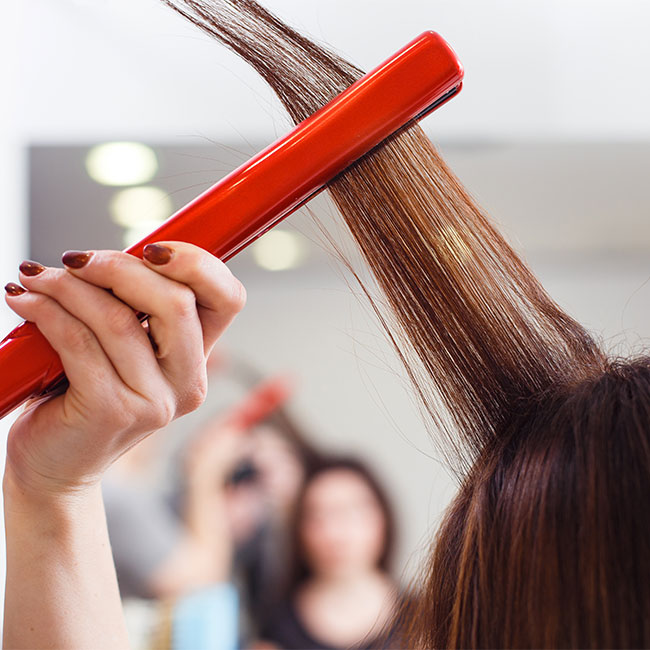
Using Heat On Dirty Hair
Okay, so maybe you already knew how important heat protectant is—it's the oldest rule in the book! However, did you know that experts also say you should never use heat on dirty hair? That's right: Wilson says your heat styling tools should always be used on clean locks. She explains that when you use high heat on hair that isn't clean, over time "your hair begins to break off, resulting in split ends, see through hair, and shorter pieces around the edges and crown of your hair that have broken off due to heat damage." Yikes!
This is due to a buildup of products like oils, serums, and gels on your roots. Luckily, washing (and drying!) your hair before styling can help eliminate this issue. "When styling your hair with heat it is important to thoroughly cleanse your hair prior to remove dirt, oils, and older products sitting on top of your hair," Thompson explains. Got it!
Overall, it's important to remember that frequently using high heat on your hair is never the best option if you want to avoid breakage, loss, and thinning. However, we don't expect you to kick your curling iron to the curb for good. Just make sure to only apply heat when your hair is clean and protected. It can make a world of a difference!


